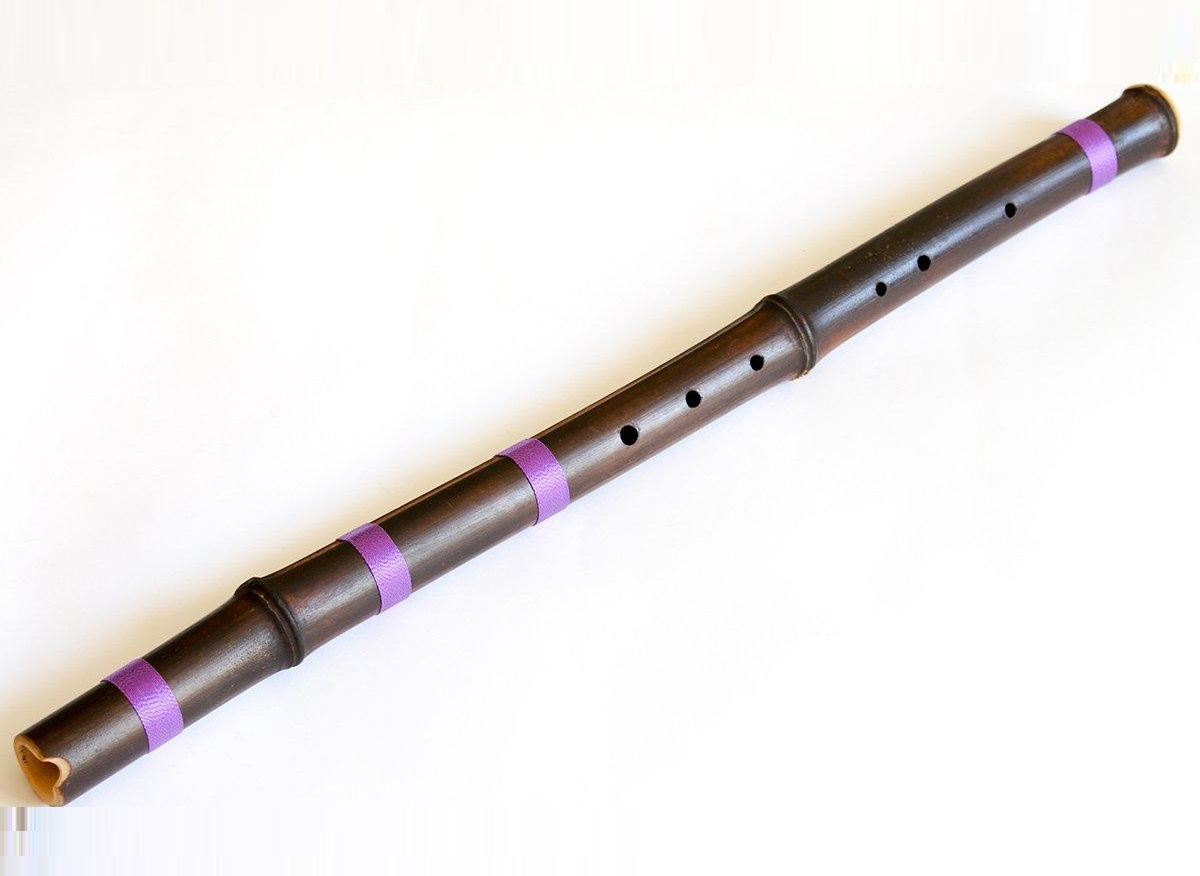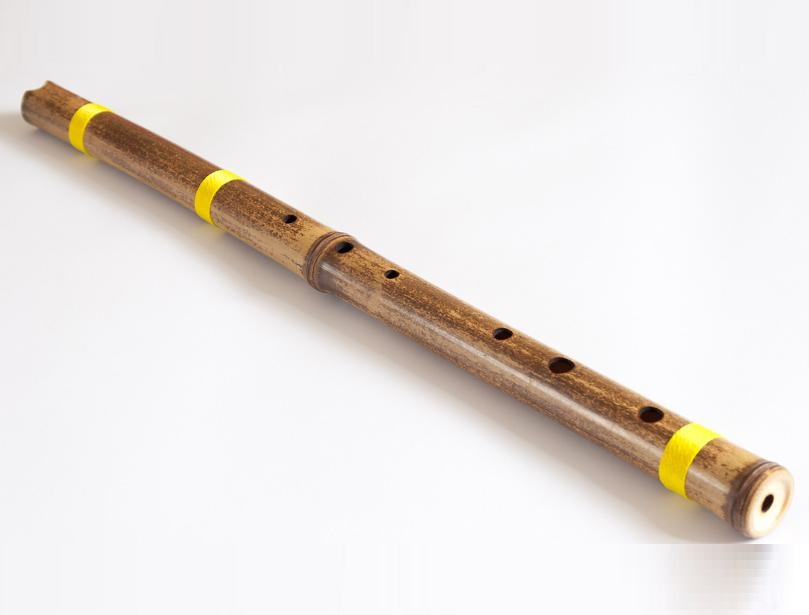Quenacho
Woodwinds
America
Unknown
Video
The Quenacho is a traditional South American flute that belongs to the family of end-blown flutes. It is known for its deep and rich tone, which sets it apart from its smaller relative, the Quena. The instrument is typically played by Andean musicians and is widely used in traditional folk music across the region. With its characteristic notched mouthpiece, the Quenacho produces a warm, resonant sound that is deeply associated with the musical heritage of indigenous Andean cultures. The flute’s length and bore contribute to its deep, melancholic tone, making it a popular choice for expressive and soulful melodies.
The Quenacho is classified as an aerophone, a category of musical instruments in which sound is produced by the vibration of air. Specifically, it falls under the notch-flute subcategory of aerophones. It is similar in construction and function to the Quena but is larger and produces a lower pitch. Aerophones such as the Quenacho are known for their breathy, expressive sound quality, which allows for dynamic variations in tone and articulation.
History
The origins of the Quenacho can be traced back to the indigenous cultures of South America, particularly in the Andean regions of modern-day Peru, Bolivia, Argentina, Chile, and Ecuador. It is believed to have evolved from the Quena, which has been played for thousands of years. Historical evidence suggests that the Quena and its variations, including the Quenacho, were used by the Inca civilization as well as pre-Inca cultures. The use of notched flutes in the Andean region dates back to at least the first millennium CE, though similar instruments may have existed even earlier.
The Quenacho, as a distinct instrument, likely emerged during the colonial period when Andean musicians began experimenting with different flute sizes and tunings. Its development was influenced by the musical needs of local cultures and the adaptation of indigenous traditions to the changing social and political landscape of South America.
Types of Quenacho
The Quenacho itself is a variation of the Quena, but within the Quenacho family, there are several types based on tuning, size, and material. Some common variations include:
Traditional Quenacho: Made from bamboo or cane, tuned to G major, and commonly used in Andean folk music.
Wooden Quenacho: Crafted from hardwoods such as rosewood or mahogany, offering a more robust tone and increased durability.
Modern Quenacho: Made from synthetic materials like PVC, designed for consistency and resilience to temperature and humidity changes.
Bass Quenacho: A larger version of the Quenacho with an even deeper pitch, used for lower harmonic layers in ensemble settings.
Traditionally, the Quenacho is crafted from natural materials such as bamboo or cane, which provide excellent acoustic properties. The choice of material is crucial in determining the instrument’s sound quality and durability. Some modern Quenachos are also made from wood, PVC, or synthetic materials to offer greater consistency in tuning and resilience to environmental changes. The mouthpiece typically features a V-shaped notch, allowing for precise air control and articulation.
Characteristics
The Quenacho possesses distinct physical and tonal characteristics that differentiate it from other flutes. Some key characteristics include:
Typically longer than the Quena, measuring around 45 to 60 cm in length. Lower than the Quena, commonly tuned to G major, but variations exist. The V-shaped notch helps players control airflow and articulation. Traditionally made of bamboo, but modern versions include wood and PVC. Produces a deep, warm, and slightly breathy sound, ideal for expressive melodies.
Sound Production
The Quenacho produces sound through the vibration of air directed at its notched mouthpiece. The player blows across the notch while adjusting breath pressure and embouchure to create different tones. Finger holes along the flute’s body are used to alter pitch, with various fingerings allowing for chromatic notes. The instrument’s relatively wide bore contributes to its warm and resonant sound, while subtle embouchure changes enable the performer to produce dynamic and expressive tones.
Playing Methods
Playing the Quenacho requires specific techniques to achieve the desired tonal quality and articulation. Some key playing methods include:
Breath Control: Essential for producing a stable tone and dynamic variations.
Embouchure Adjustments: Players must position their lips correctly to direct air across the notch efficiently.
Fingering Techniques: The placement of fingers over the holes determines the pitch, with half-holing techniques allowing for microtonal adjustments.
Vibrato and Ornamentation: Players often use vibrato, trills, and grace notes to add expressiveness to their performance.
Tonal Variation: By adjusting the angle of airflow, musicians can produce different timbres and attack characteristics.
Roles in Music
The Quenacho plays a significant role in various musical contexts, particularly in Andean folk traditions. Some of its primary roles include:
Melodic Instrument: Often used as the lead instrument in traditional Andean ensembles.
Accompaniment: Supports vocal performances and other instruments such as the Charango, Guitar, and Bombo.
Solo Performance: Due to its expressive capabilities, the Quenacho is frequently featured in solo performances.
Ensemble Participation: Found in groups performing traditional Andean music, blending harmoniously with other wind and string instruments.
Cultural Significance
The Quenacho holds profound cultural significance within Andean communities. It is not merely a musical instrument but also a symbol of heritage and identity. Some key aspects of its cultural role include:
Indigenous Traditions: The Quenacho is deeply connected to the music and rituals of Andean indigenous peoples.
Spiritual and Ceremonial Use: Used in traditional ceremonies, festivals, and rituals to honor nature and ancestors.
Symbol of Resistance: The preservation and continued use of the Quenacho reflect the resilience of indigenous cultures in the face of colonization and modernization.
Educational Role: Learning to play the Quenacho is an essential aspect of cultural education for many Andean musicians.
International Recognition: The instrument has gained popularity beyond South America, contributing to the global appreciation of Andean music.
The Quenacho remains an important part of Andean musical tradition, captivating audiences with its deep, soulful sound. As a symbol of cultural identity and artistic expression, it continues to inspire musicians both within South America and worldwide.
FAQ
What is the Quenacho?
The Quenacho is a larger, deeper-toned version of the Andean Quena flute. It is traditionally made of bamboo or wood and produces a warm, rich sound.
How is the Quenacho played?
The Quenacho is played by blowing air across its open notch while using finger holes to create different pitches. It requires precise breath control for clear tones.
What is the difference between the Quena and Quenacho?
The Quenacho is larger and has a deeper, more resonant sound compared to the Quena. It is typically used for lower-pitched melodies in Andean music.
 Links
Links
References
Other Instrument
Categories



















